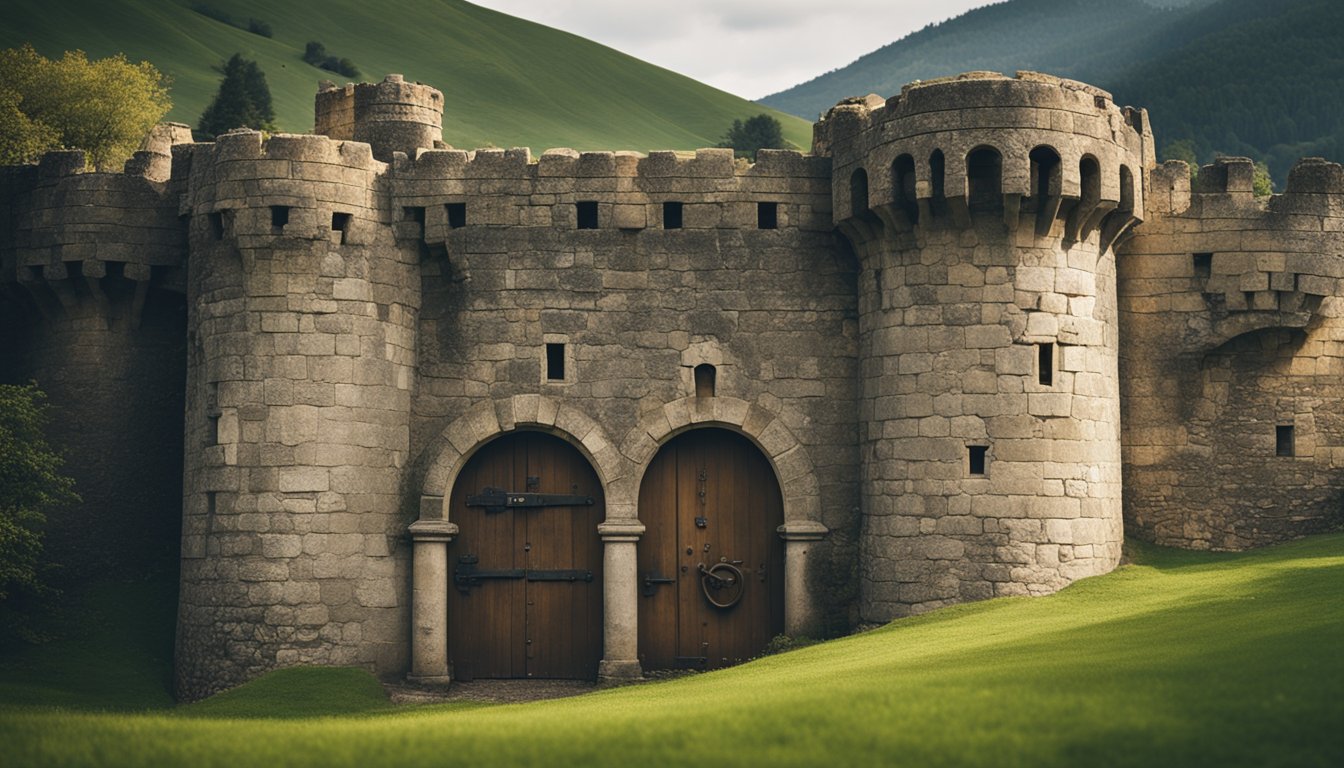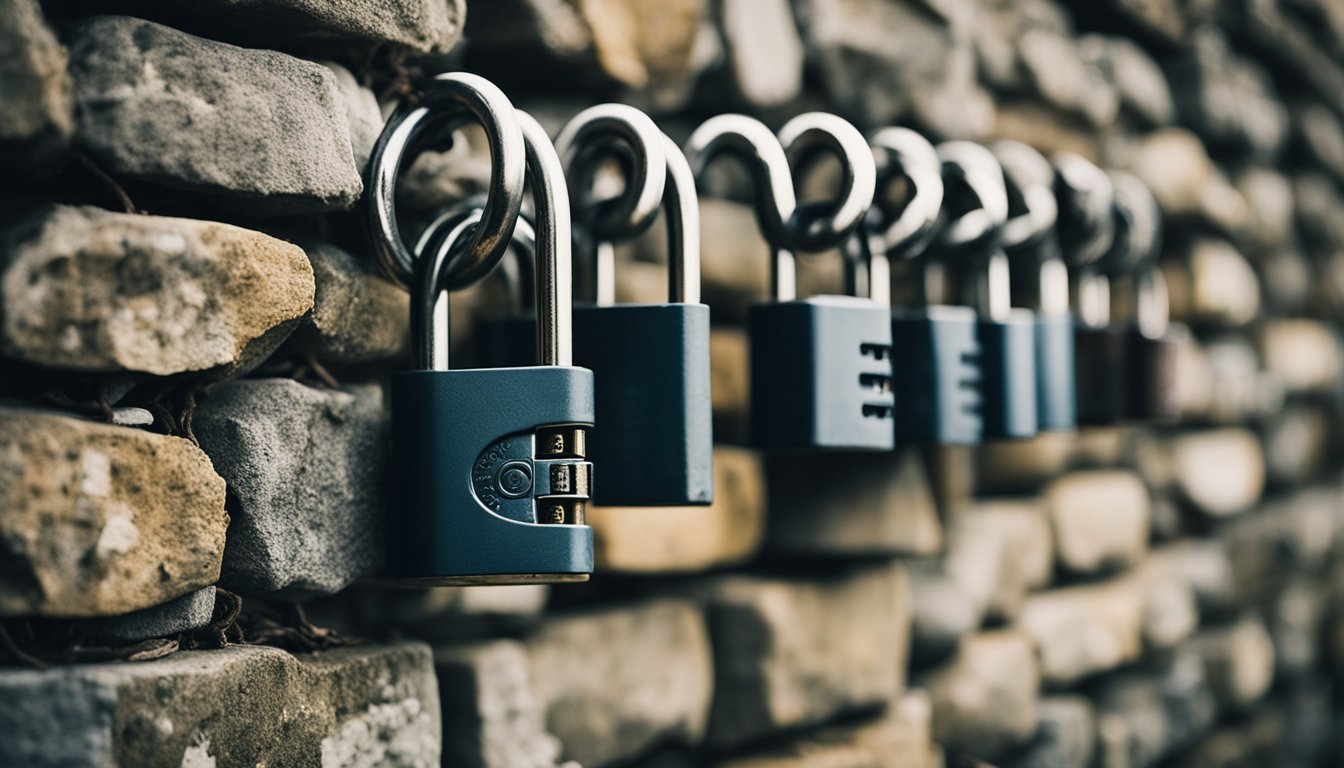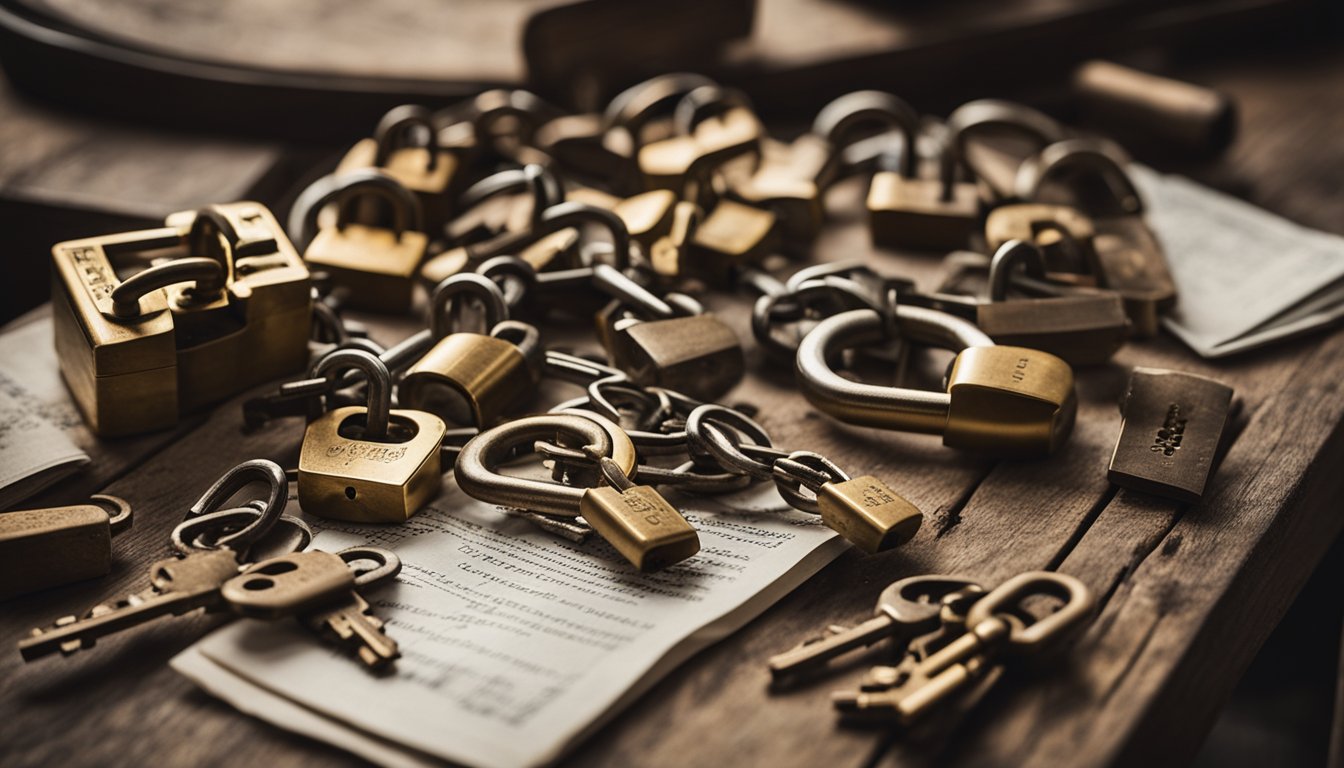Late updated: 30 Mar 2025 13:03
Written by: Elena Prescott
History Of Padlocks In The UK: Evolution And Cultural Significance
The story of padlocks in the UK is as rich as the history of the country itself, weaving through centuries of innovation and adaptation. From the iron locks used by the Romans in ancient Britain to the various improvements and styles that emerged in later centuries, padlocks have played a crucial role in safeguarding possessions and ensuring security. The UK, with its deep historical roots and diverse influences, has witnessed a fascinating evolution of padlocks, each iteration showcasing enhanced protection and craftsmanship.

We can see the influence of different civilisations on the development of padlocks. As these locks became more sophisticated, advancements in technology allowed them to become smaller yet more secure. The transformation from rudimentary iron locks to complex mechanisms illuminates the creativity and engineering prowess that defined each era. In modern times, preserving these historical artefacts and acknowledging their contribution to today's security landscape remains a testament to the importance of padlocks.
As we delve into the world of padlocks, we explore not just the locks themselves but their sociocultural impact. They symbolise security, privacy, and technological progress. Let us journey into their storied history, examining both their practical applications and their significance as timeless objects of human ingenuity.
Key Takeaways
- Padlocks in the UK have evolved significantly over time.
- Each development reflects both historical innovation and cultural influence.
- Modern retention of vintage padlocks underscores their lasting significance.
Evolution of Padlocks in the UK
The journey of padlocks in the UK is marked by early wooden mechanisms, the influence of German precision, and technological advances in metal locks and keys. These stages reflect the evolution of design and function.
Early Developments and Wooden Locks
In the initial stages, Anglo-Saxon artisans crafted primitive locks using accessible materials. Wooden locks often featured simple mechanisms, including the bolt and latch systems. These relied on manual strength and basic keys to secure doors or storage.
Latin inscriptions on artefacts from this period show early influences and the importance of security in communities. Although wooden locks were less durable compared to later developments, they marked a significant step in lock technology in Britain.
The Influence of German Craftsmanship
German craftsmanship significantly impacted British lock making during the medieval era. German artisans introduced more sophisticated mechanisms and designs. Their expertise led to greater precision and improved security in padlocks, influencing British practices.
The introduction of intricate metalworks and techniques displayed a fusion of the robust German engineering with local practices. Artefacts from this period highlight the exchange of ideas and collaboration across regions, enriching the UK's locking methods with European innovations.
Advancements in Metal Padlocks and Keys
With the advent of the Industrial Revolution, there was a shift towards metal padlocks. Pioneers like William Squire capitalised on these advancements, producing durable locks with enhanced complexity.
Iron and brass became prevalent materials, offering greater resistance to tampering. The mechanism inside these padlocks grew more intricate, with metal bolts replacing wooden components. Keys evolved alongside these locks, featuring more sophisticated cuts to match the increasingly elaborate designs.
The evolution of padlocks in the UK underlines technological progress as well as cultural and industrial influences. From wooden artefacts to the robust security systems, this journey tracks a fascinating development through ages.
Modern Padlocks and Preservation

In recent years, modern innovations have reshaped the landscape of padlocks, introducing combination and spring mechanisms. Collectors and historians dedicate efforts to preserving these artefacts and their stories, while notable figures and exhibitions continue to celebrate the rich heritage.
Transition to Combination and Spring Padlocks
Combination locks have become more prevalent, offering security without the need for traditional keys. These locks use a rotating dial with numbers to align internal mechanisms for opening. This advancement provided a more convenient option for securing small safes and storage lockers, eliminating the inconvenience of keys.
The spring padlock introduced further innovations. Using a spring mechanism, they allow for quicker access when the correct key is engaged. This mechanism was pivotal in creating affordable security for everyday items and remains a popular choice.
Together, these technologies represent a significant evolution from earlier designs, enhancing both practicality and security.
Collecting and Preservation of Historical Padlocks
We find excitement in preserving antique locks and caskets. These objects, rich with stories from different eras, captivate us with their craftsmanship and history. Enthusiasts often seek to purchase these artifacts for personal collections or museum displays.
The History of Locks Museum offers a fascinating glimpse into this world. This museum preserves original designs and mechanisms, providing insights into past innovations and their impacts. Through visiting such places or attending exhibitions, we gain a deeper appreciation of the evolution of security devices.
Authentic preservation efforts maintain the delicate balance between maintaining historical integrity and allowing contemporary audiences to engage with the past.
Important Figures and Collections
The contributions of individuals like Brian Morland are invaluable. As a collector and historian, Morland's work with the Rugby Heritage Rooms showcases an impressive array of historical locks, emphasising British development in this field. His collection highlights the transition from rudimentary locks to sophisticated designs, preserving their significance for future generations.
Exhibits often spotlight important figures who've contributed to lock-making traditions. Their inventions and improvements are carefully documented, teaching us how necessity and innovation drive design.
Thus, these collections not only celebrate individual achievements but also document the collective evolution of lock technology. Through the efforts of collectors and historians, the legacy of padlocks remains vibrant and accessible to a curious public.
Frequently Asked Questions

The history of padlocks in the UK offers a fascinating glimpse into ancient technologies and cultural shifts. From Roman discoveries to medieval developments, and the influence of modern standards, the evolution of padlocks reflects both technological advancement and historical context.
When were padlocks first used in the UK?
Padlocks were introduced to the UK around the Roman period, beginning roughly in 43 AD. They were brought over by the Romans during their conquest of Britain, becoming an essential security device.
How did the design of padlocks evolve over time in British history?
Initially, Roman padlocks in the UK were basic, using simple iron mechanisms. Over time, advancements included the development of lever mechanisms in the 1800s, paving the way for modern designs. This evolution reflects changes in technology and security needs.
What are the characteristics of Roman padlocks discovered in the UK?
Roman padlocks found in the UK are characterised by their use of iron and the use of metal bolts for locking. They were relatively simple in design, serving as a primary means of securing possessions during the Roman occupation.
What is the significance of padlocks during the medieval period in Britain?
In medieval Britain, padlocks gained significance as a means of protecting goods and property, especially in trade and commerce. Their use was widespread, reflecting the evolving complexity of trade networks and the need for reliable security.
How does the British Standard influence padlock design and security?
The British Standard, a benchmark for quality and safety, significantly influences padlock design in the UK. It ensures that padlocks meet specific criteria for resistance to picking, cutting, and other forms of tampering, elevating overall security.
Which lock type is most prevalent across the United Kingdom?
The lever padlock remains the most prevalent type across the UK. Developed in the early 1800s, it has been widely adopted due to its robust design and effectiveness, becoming a staple in British security solutions.
